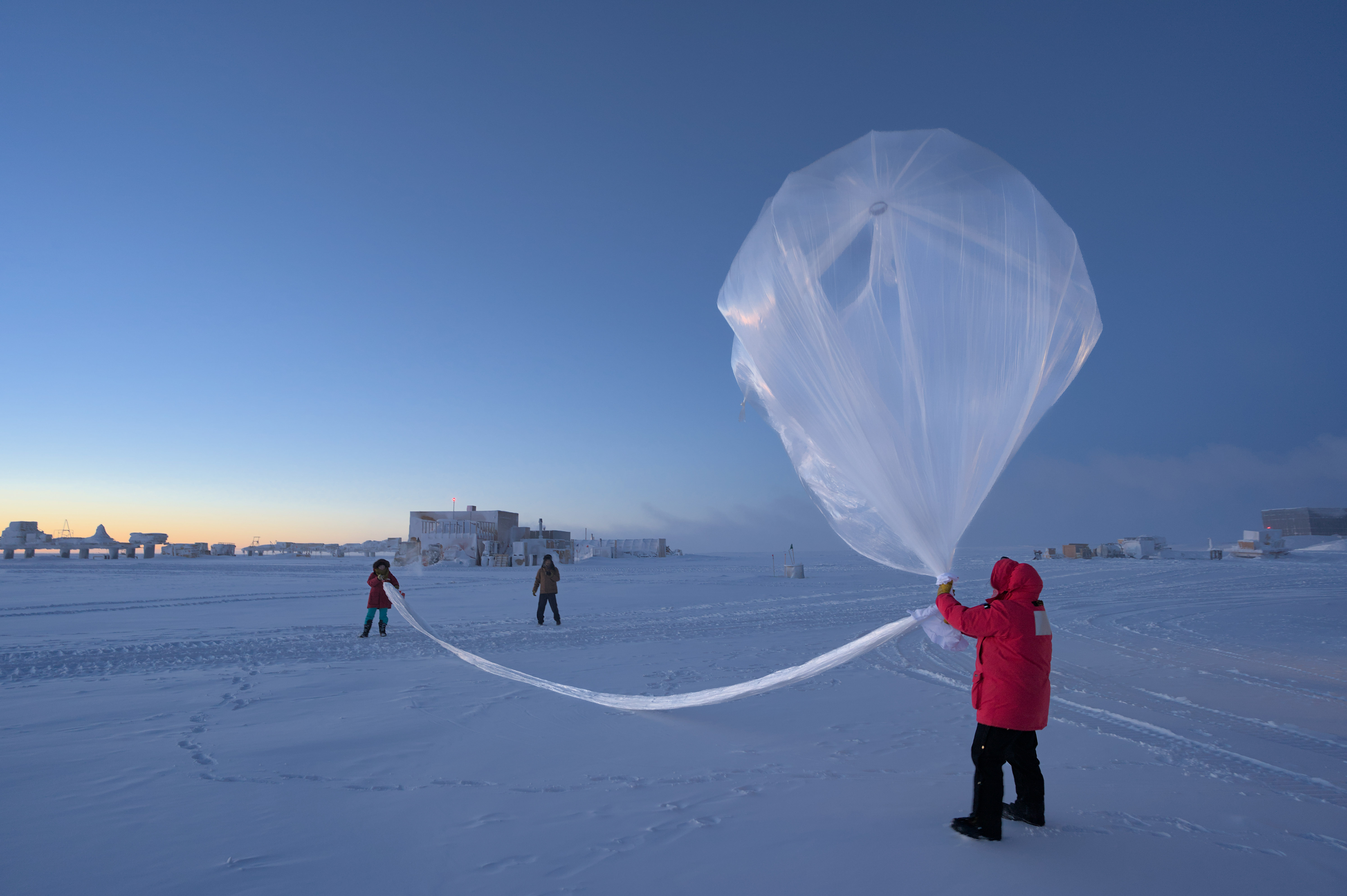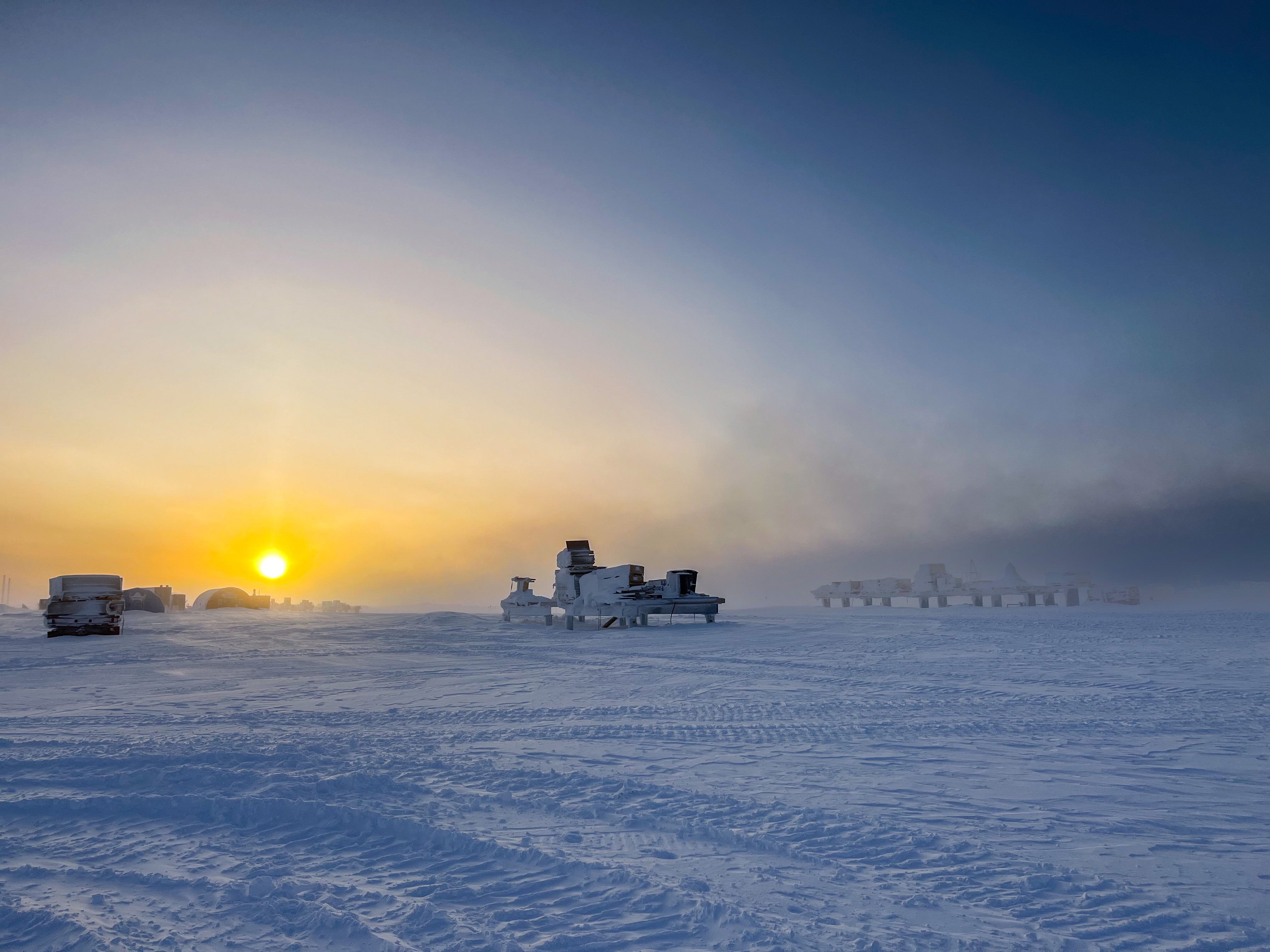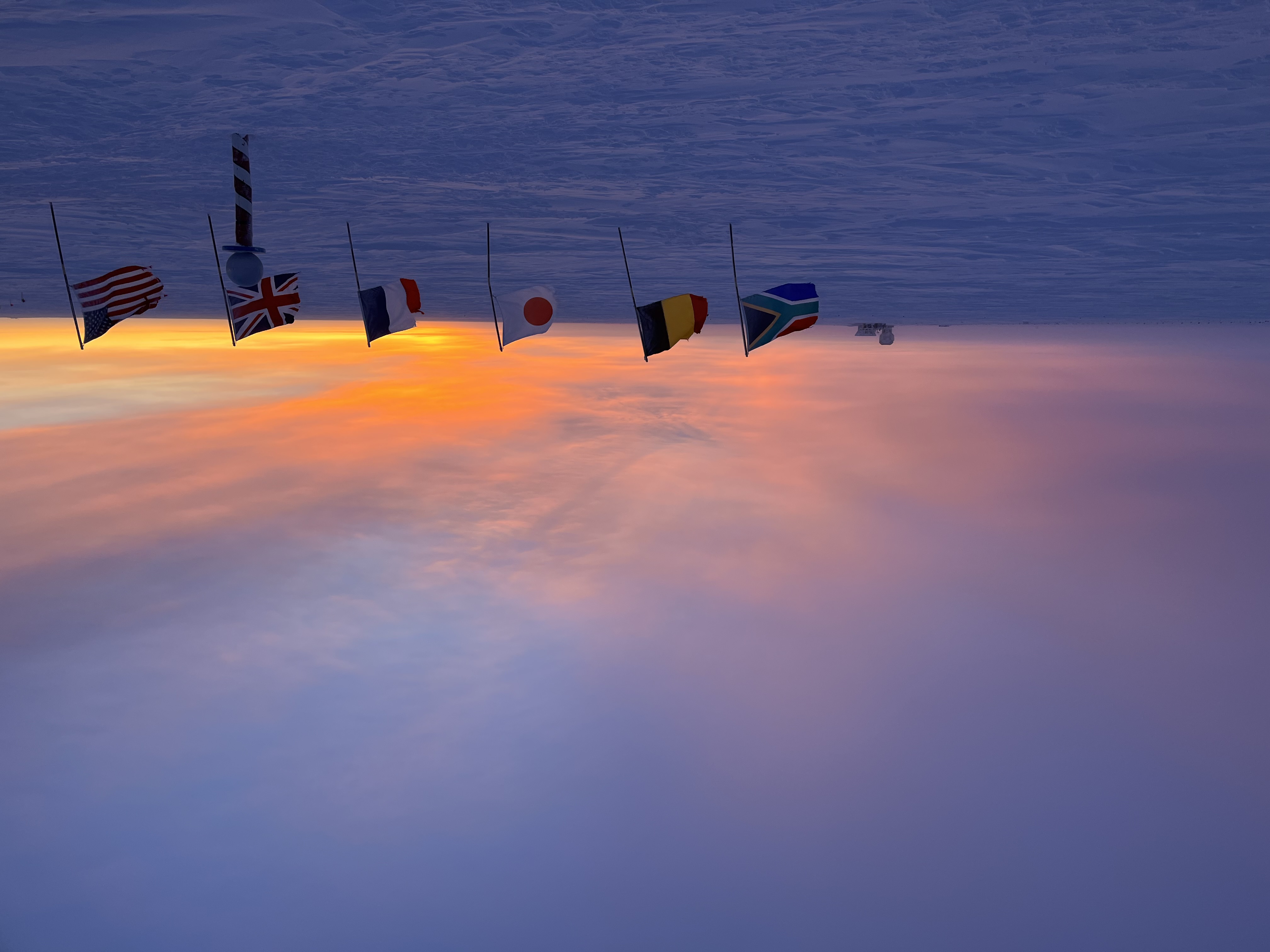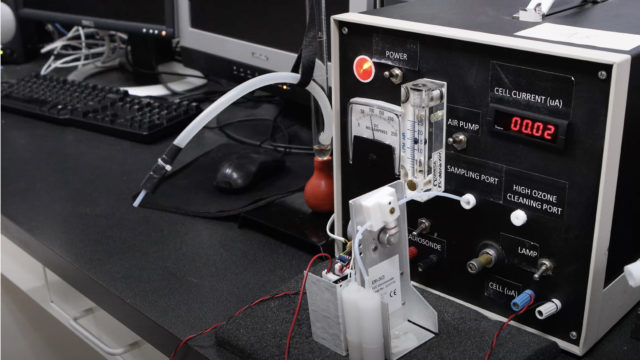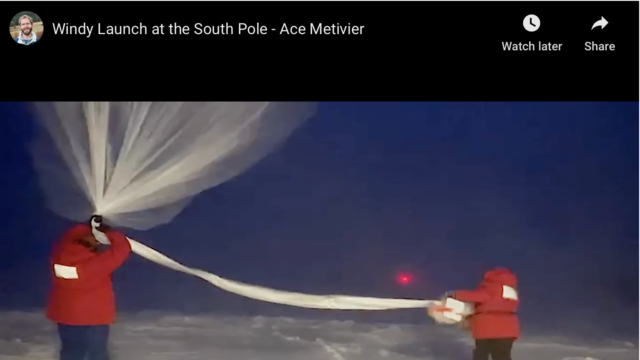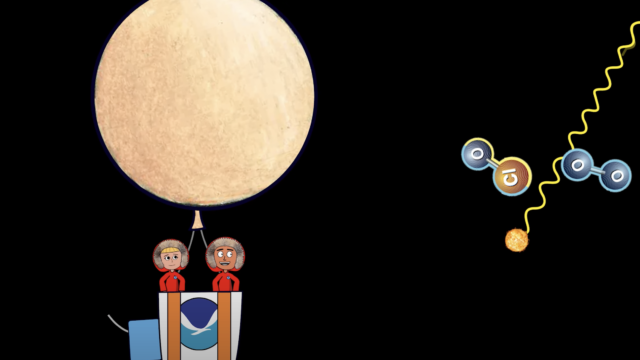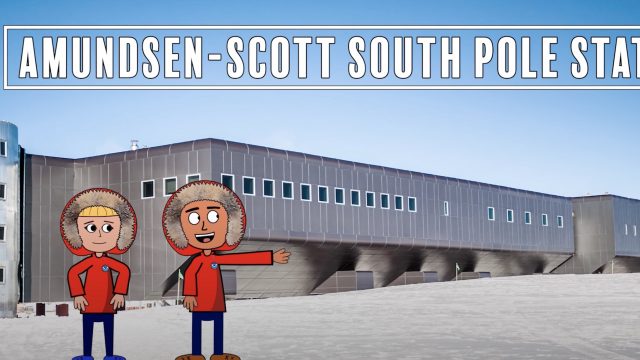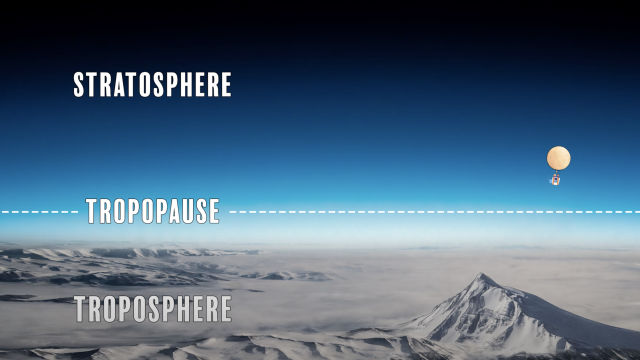By Bryan Johnson, NOAA Global Monitoring Laboratory scientist During September, NOAA’s South Pole balloon-borne ozonesondes showed a typical, rapid decline in ozone. Total column ozone dropped to 127 Dobson Units on September 27, a 53 percent loss compared to the August 10 profile measuring 272 Dobson Units. The annual ozone hole begins when the rising… Read More
By Irina Petropavlovskikh, CIRES and NOAA Global Monitoring Laboratory scientist The 2023 Antarctic ozone hole is taking shape as we move into this year’s ozone depletion season. Stratospheric temperatures are staying cold (similar to temperatures at this time in 2022). The sun is rising quickly (since the September 21-22 equinox) and activating chlorine, which initiates… Read More
‘First bit of orange glow’ greets NOAA crew at South Pole By Karin Vergoth, Communications specialist at NOAA’s Global Monitoring Laboratory and the Cooperative Institute for Research in Environmental Sciences (CIRES) at CU Boulder After six months of darkness, the return of the sun at the South Pole signals the arrival of spring in the Southern… Read More
By Irina Petropavlovskikh, Secretary of the International Ozone Commission and a CIRES and NOAA scientist September 16 is the International Day for the Preservation of the Ozone Layer, celebrating the anniversary of the 1987 signing of the Montreal Protocol on Substances that Deplete the Ozone Layer. The Montreal Protocol is the globally ratified treaty that… Read More
By NOAA Communications The hole in the ozone layer—the portion of the stratosphere that protects our planet from the Sun’s ultraviolet rays—is continuing to decrease, scientists from NOAA and NASA reported today. This year’s ozone hole over Antarctica had an average area of 8.91 million square miles (23.2 million square kilometers), slightly smaller than the extent of 8.99… Read More
By Patrick Cullis, CIRES and NOAA scientist At the ozonesonde lab in Boulder, Colorado, part of NOAA’s Global Monitoring Laboratory, scientists prepare and launch ozonesondes to over 100,000 feet to directly measure Earth’s protective ozone layer. The researchers also ship supplies from the Boulder lab to NOAA’s Baseline Observatory at the South Pole, so technicians… Read More
By Patrick Cullis, CIRES and NOAA scientist NOAA techs Bailey Nordin and Will Skorski have spent the past year living and working at the South Pole. One of their regular tasks is to release high-altitude balloons carrying instruments that measure ozone levels in Earth’s protective ozone layer high above Antarctica. The typical rubber meteorological balloons… Read More
By Patrick Cullis, CIRES and NOAA scientist Every year in September, as the Sun returns to the sky above the South Pole after six months of darkness, a chemical reaction happens high in our atmosphere as human activity combines with natural phenomena to destroy part of our protective ozone layer. In the last episode of… Read More
By Patrick Cullis, CIRES and NOAA scientist In Part 3 of this animated series, Casper and Peggy head to the very bottom of the Earth to visit the Amundsen-Scott South Pole Station, where NOAA scientists take critical measurements of our atmosphere far from the effects of human activity. Join them as they explore this incredible… Read More
By Patrick Cullis, CIRES and NOAA scientist Continue the ozone adventure with Casper and Peggy in this animated series exploring our atmosphere and the important role ozone plays in protecting all life on Earth. Part 2 covers the ozone layer and how it protects life on our planet from the Sun’s harmful effects! Video by… Read More
